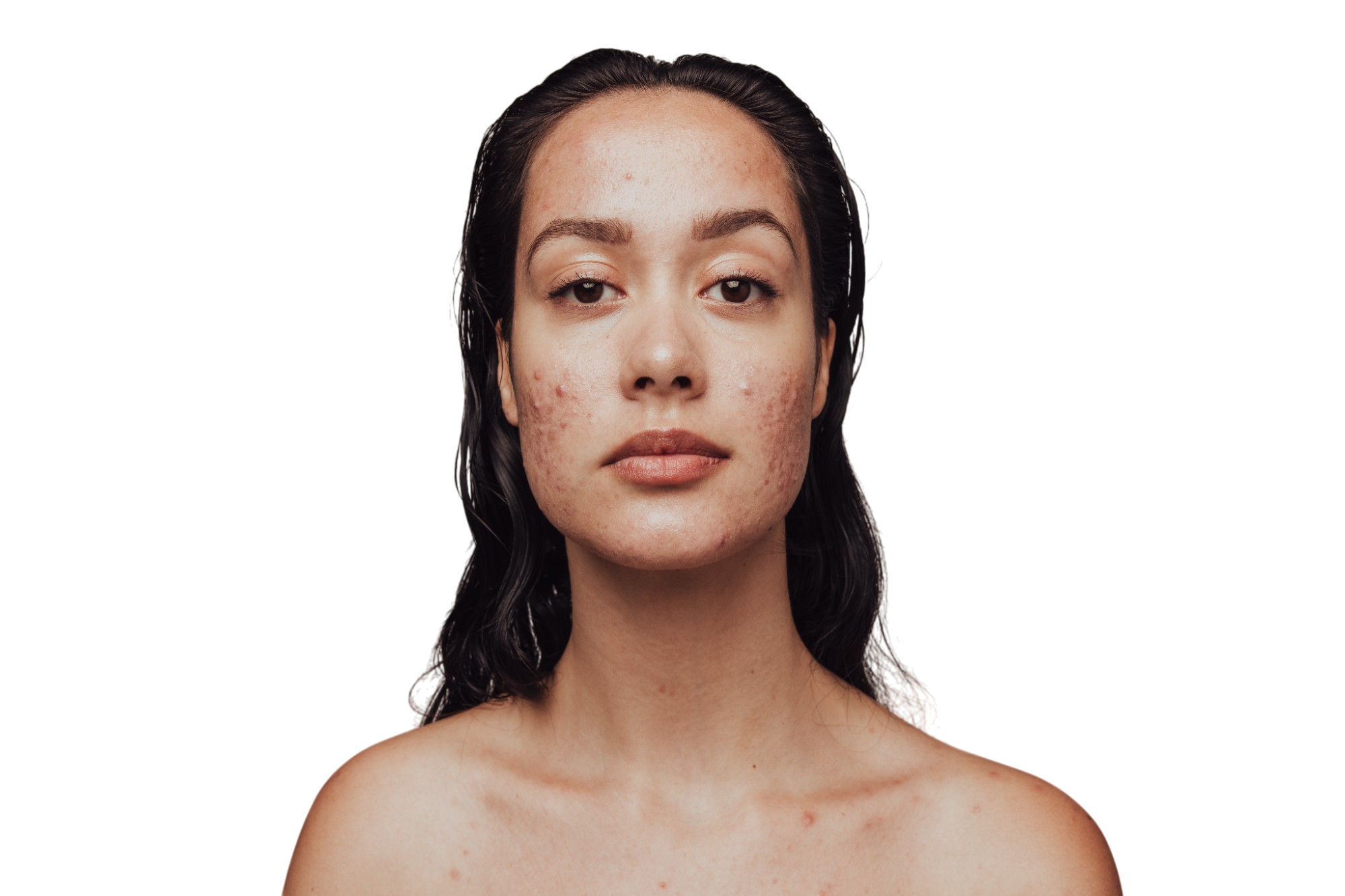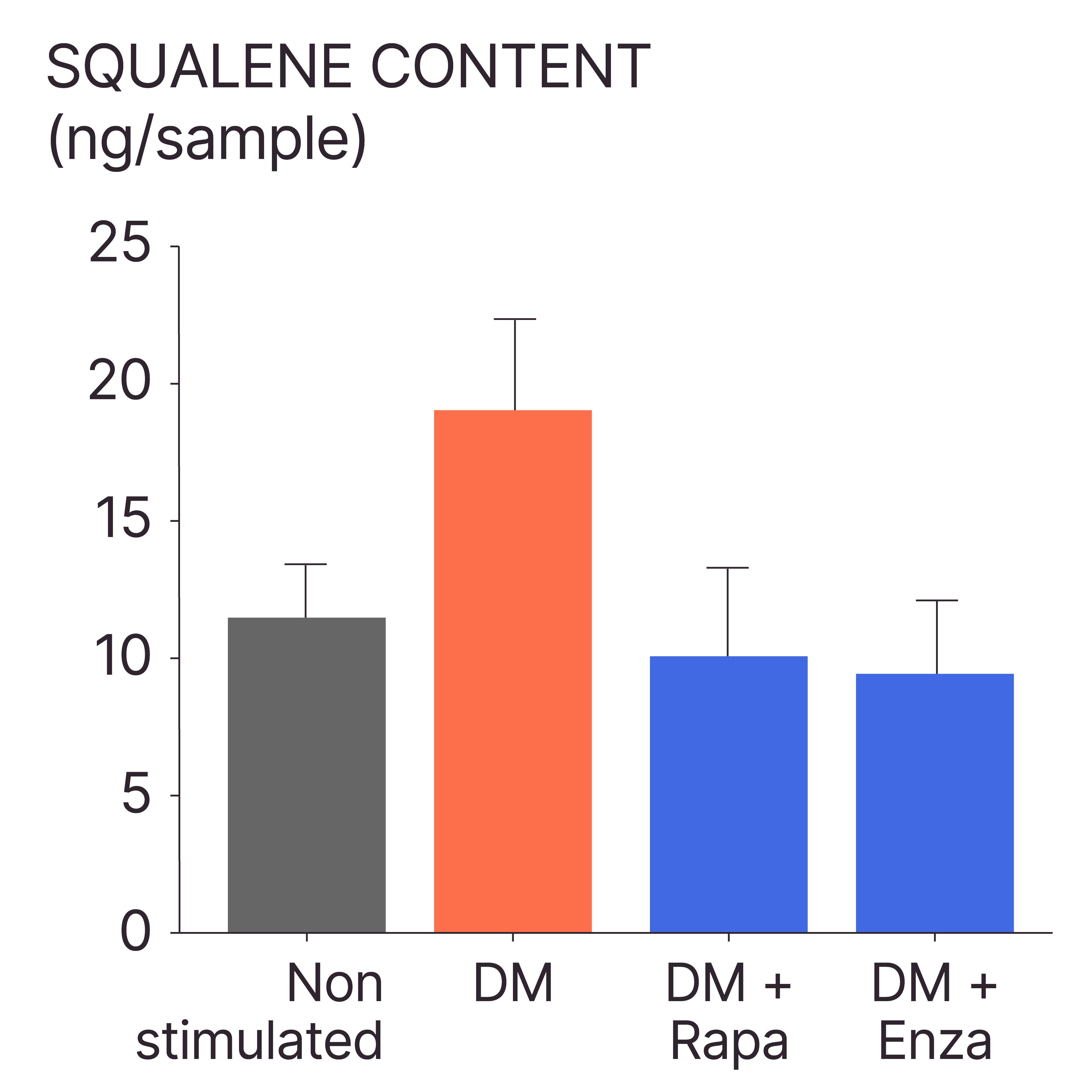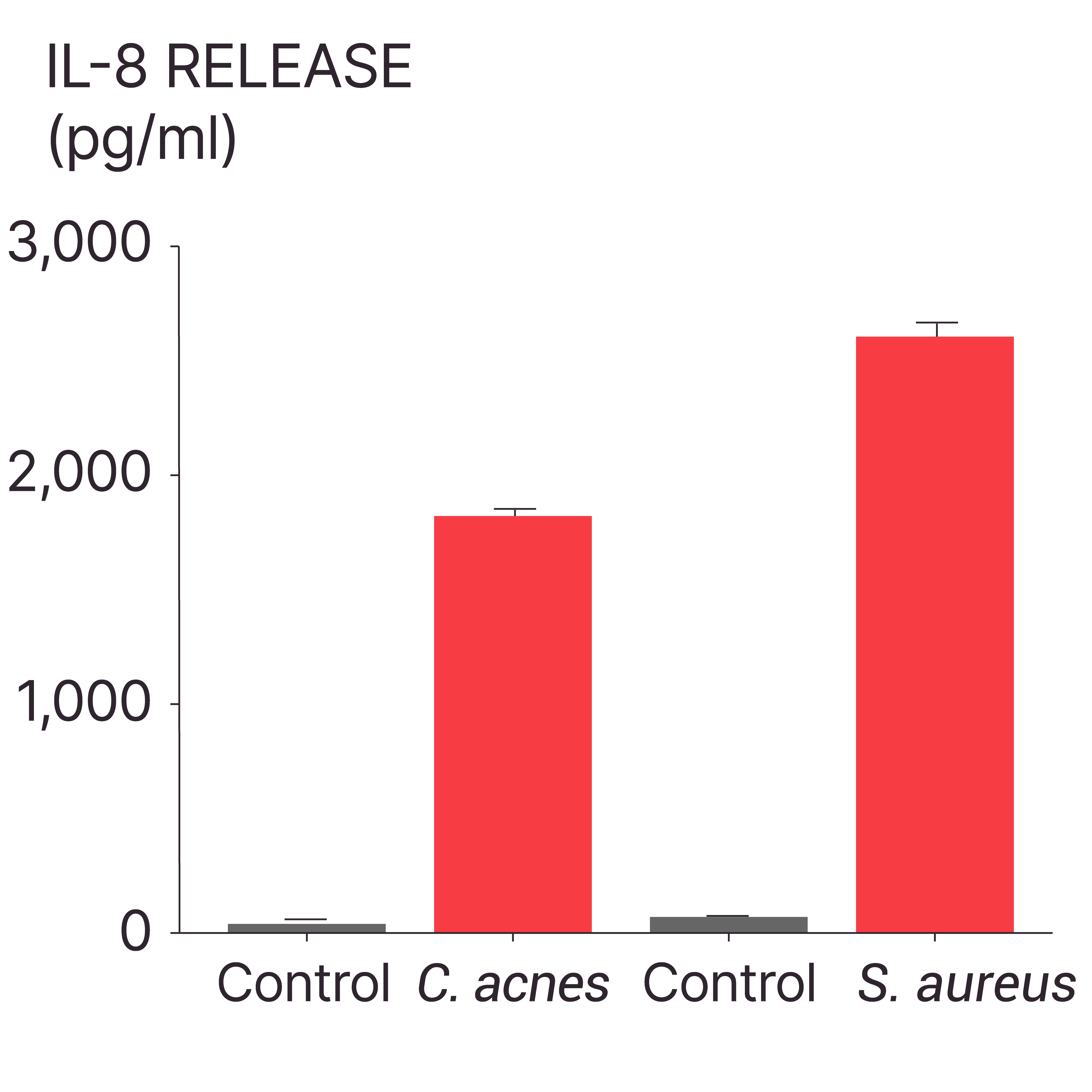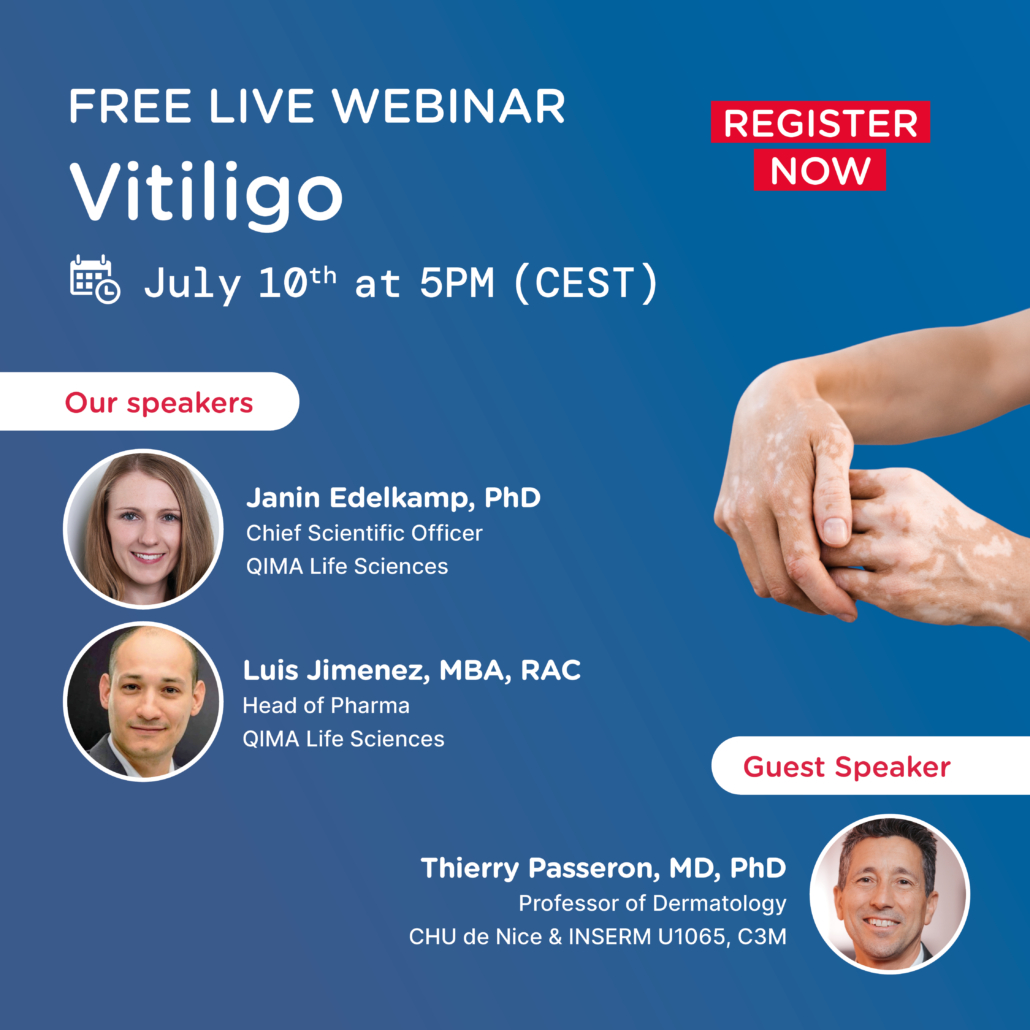Oily skin is characterized by excessive sebum production, known as hyperseborrhea, leading to its accumulation on the skin’s surface. Sebum plays a crucial role in lubricating the hair follicle and maintaining skin barrier function. However, when produced in excess, it can contribute to the development of acne, which is why oily skin is often also classified as acne-prone.
Sebum is a complex lipid mixture composed of triglycerides, diglycerides, monoglycerides, wax esters, squalene, and sterols. It is synthesized and secreted by sebocytes—specialized cells within the sebaceous glands—through a holocrine process. During this process, mature sebocytes undergo apoptosis, releasing their lipid content, which then travels through the hair follicle to the skin’s surface.
Sebocyte differentiation and lipid synthesis (a process known as lipidogenesis) are regulated by multiple factors, including genetic predisposition, hormonal fluctuations, and environmental influences. Understanding these mechanisms is essential for developing targeted skincare solutions for oily and acne-prone skin.
At QIMA Life Sciences, we empower our clients by providing innovative models and assays tailored to their research needs. Our expertise in skin biology, molecular assays, and advanced image analysis makes us the ideal partner for your dermo-cosmetic innovations.
We Support You at Every Stage of the Innovation Cycle to Substantiate Efficacy Claims
Our Oily & Acne-Prone Skin Preclinical Solutions
IN VITRO MODELS
- NHEK (Normal Human Epidermal Keratinocytes)
- NHDF (Normal Human Dermal Fibroblasts)
- Outer root sheath cells
- Sebocyte Cell Line SEBO662
- Sebocyte Cell Line SEBO662AR (androgen-sensitive)
- 3D Sebocyte Model
- RHE (Reconstructed Human Epidermis)
- Reconstructed Full-Thickness Human Skin
EX VIVO MODELS
- Human Skin Explants (Ex vivo skin)
- Re-Innervated Ex Vivo Skin
- Full-Length Terminal Hair Follicles with Sebaceous Glands
- Human Full-Thickness Skin with Full-Length Terminal Hair Follicles and Sebaceous Glands
Environmental Factors:
External stressors can be simulated in our laboratories to study their effects on skin and to evaluate the efficacy of protective treatments:
-
- Particular matter (PM)
- Volatile organic compounds (VOCs)
Peroxidized squalene serves as an essential marker of environmental pollution, and we can track it both preclinically and clinically.
We can help you substantiate oily and acne-prone skin-related claims
Melanin Content Regulation
Dermal Regeneration & Restoration
Sebum Lipid Species Regulation
Lipid Synthesis Reduction
Sebum Rebalancing
Reduction of Sebocyte Differentiation & Secretion
Anti-Inflammatory Effects
Inhibition of C. acnes Proliferation
Prevention of Bacterial Proliferation & Colonization
Microbiome Rebalance
Dead Skin Exfoliation
Epidermal Shedding
Cell Renewal
Lipid Peroxidation Prevention
Our Oily & Acne-Prone Skin Clinical Solutions
BIOANALYSIS OF CLINICAL SAMPLES
- Sample collection (swabbing or tape stripping)
- Analysis and quantification of cellular components (DNA, proteins, lipids) via analytical chemistry
- Biomarker analysis
CLINICAL IMAGING
- Image capture
- Image analysis
- Ilustration services
- Grading solutions
CLINICAL TRIALS
- Clinical study implementation
- Clinical study performance
- Data management
- Data analysis
We can help you substantiate oily and acne-prone skin-related claims
Imperfection Correction
Acne Pimple Clearance
Spot & Mark Fading
New Pimple & Residual Mark Prevention
Hyperpigmentation & Dark Spot Correction
Clearing Treatment
Hypopigmentation & Discoloration Correction
Skin Tone Evenness
Acne Scar Healing
Sebum Regulation & Oil Control
Sebum Rebalancing
Shine Control
Blackhead number and size reduction
Enlarged pores targeting
Redness Reduction
Skin Soothing
Acne-Causing Bacteria Reduction
Oily & Acne-Prone Skin Study Examples
HYPERSEBORRHEA
Test: Squalene content
Interest: Sebum has a unique lipid signature, including wax esters and squalene, and is modulated by hormones, microbiota, and diet. The Differentiation Mix (DM) mimics hormonal and dietary imbalances, inducing induce sebocyte differentiation and squalene synthesis.
Method: LC-MS/MS
Model: In vitro model of androgen-sensitive sebocytes (SEBO662AR, In vitro 2D)
Interpretation of results: Squalene levels resulting from the stimulation with DM are reduced upon addition of 2 sebo-regulatory reference molecules, rapamicin and enzatulamide (Rapa and Enza, respectively).
HYPERKERATINIZATION
Test: Keratinocyte differentation
Interest: Hyperkeratinization is characterized by the abnormal shedding of keratinocytes, leading to blocked follicles.
Method: Immunohistostaining (green: filaggrin)
Model: Reconstructed Human Epidermis (RHE)
Interpretation of results: Filaggrin is a key component of the stratum corneum and can thus be observed in the outermost layers of the epidermis. The addition of the Test Compound reduces the number of cells in the stratum corneum, as evidenced by decreased filaggrin levels in the epidermis.
MICROBIAL COLONIZATION & INFLAMMATION
Test: Pro-inflammatory cytokine release
Interest: Bacterial colonization of the skin triggers inflammatory responses, which can be assessed through the quantification of proinflammatory molecules.
Method: ELISA
Model: Sebocyte cell line, SEBO662.
Interpretation of results: The addition of skin-resident and acne-inducing bacteria to the cell culture induces the synthesis and release of IL-8, a pro-inflammatory cytokine.
CLINICAL STUDIES
Study: Assessment of acne marks
Method: Image analysis
Model: Human volunteers
Interpretation of results: The treatment led to a significant reduction in acne marks compared to baseline (quantitative data not presented). The accompanying image illustrates the before and after effects overlaid on an avatar representation.
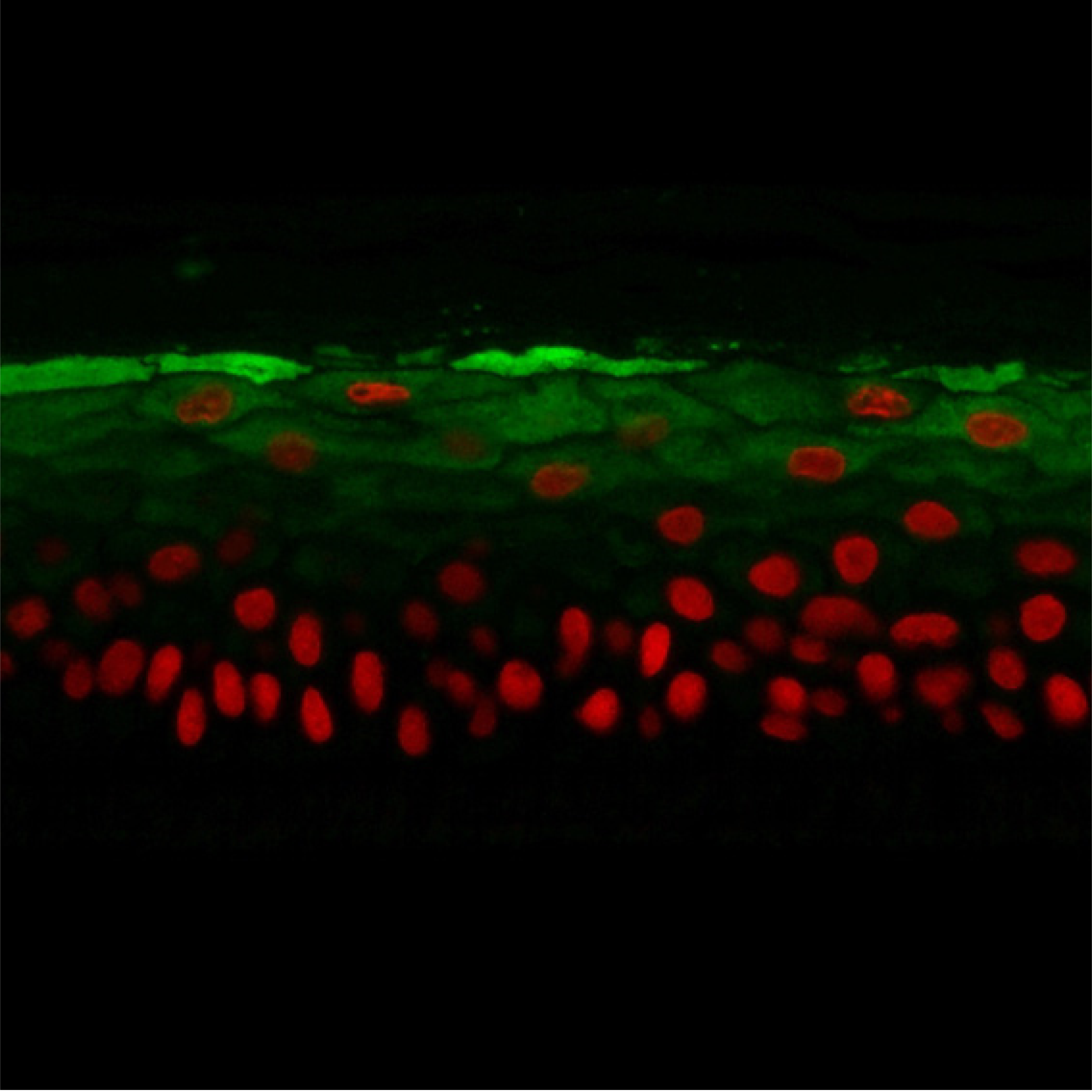
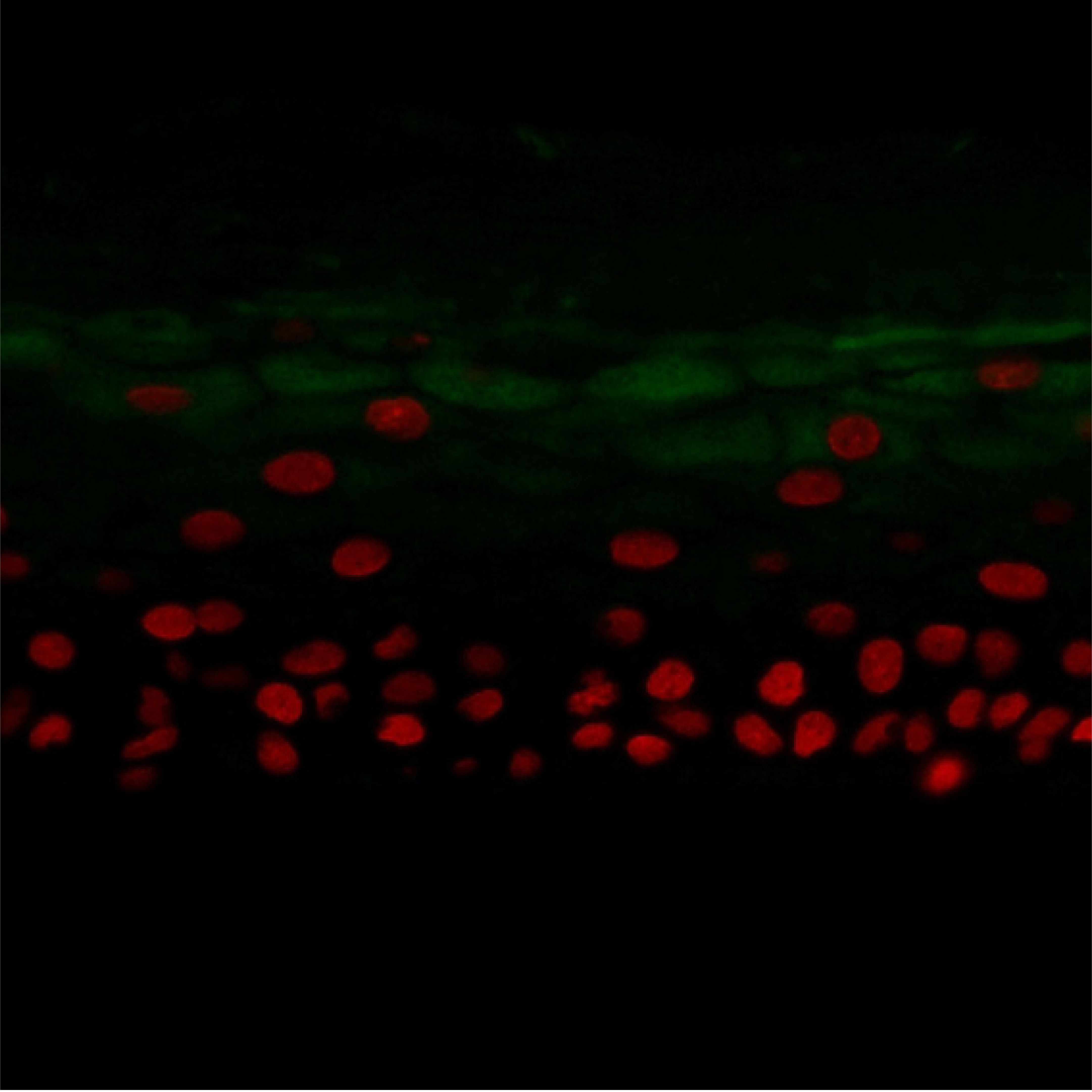
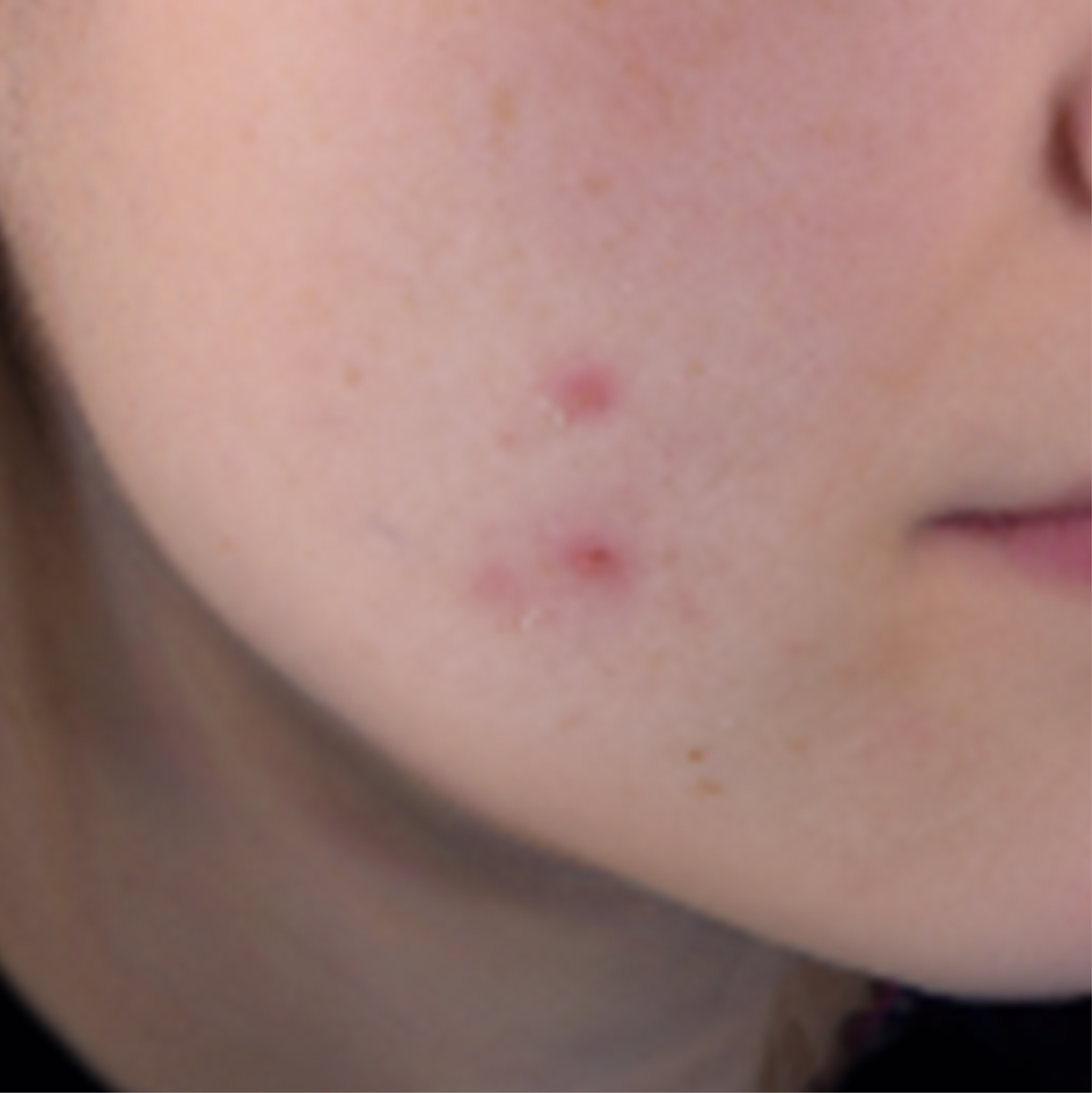
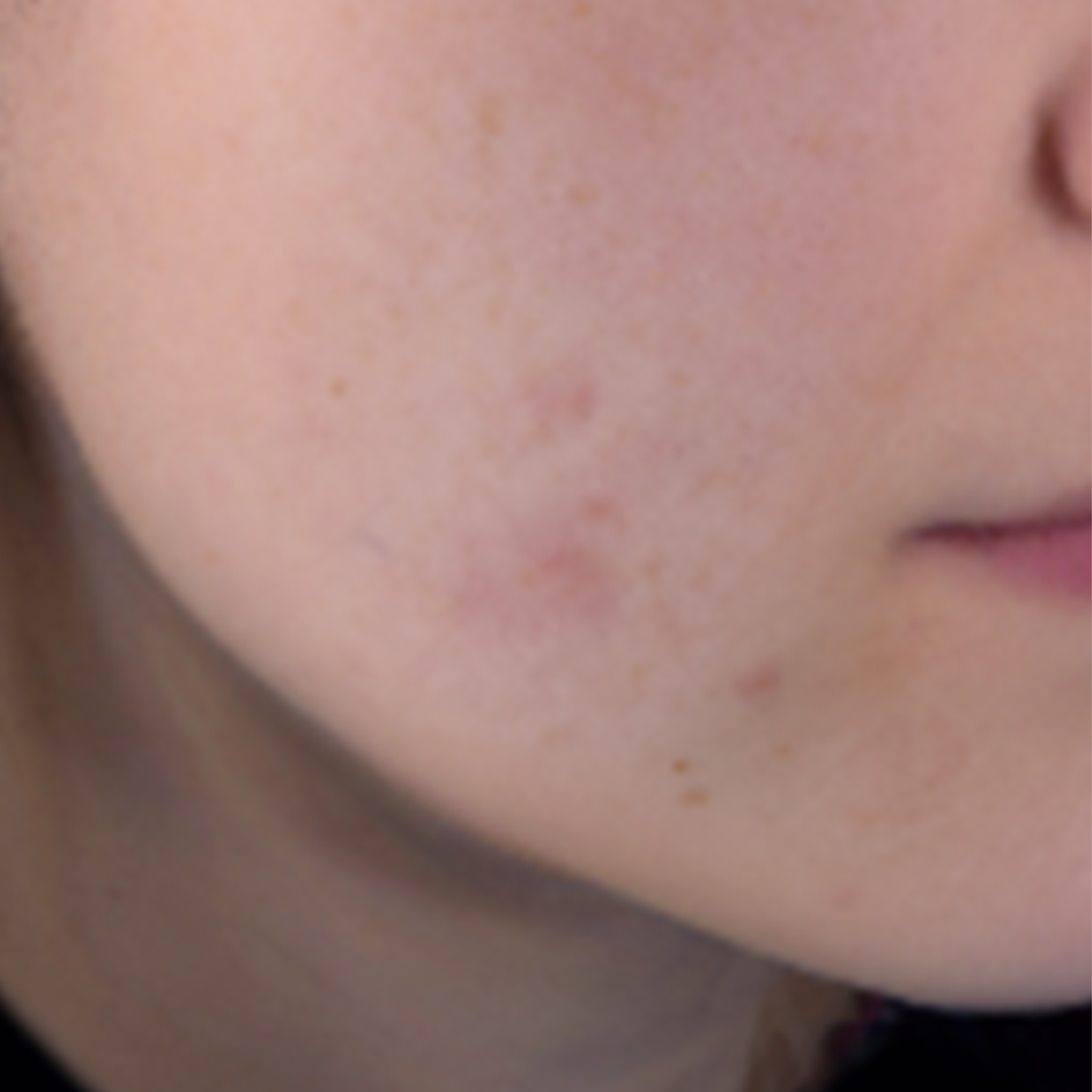
At QIMA Life Sciences, we specialize in providing comprehensive solutions for studying oily and acne-prone skin through validated models at both preclinical and clinical levels.
Our dedication to scientific innovation drives us to develop cutting-edge models and approaches, staying aligned with the latest advancements in oily skin and acne research.
Explore All Our Models & Tests in Our Brochure
Related Publications
What’s New in Testing?
PRECLINICAL SOLUTIONS
Squalene Synthesis Modulators
Reconstructed Skin with Artificial Sebum
Interested in Learning More?
Explore Other Related Topics
ANDROGEN-SENSITIVE SEBOCYTE CELL LINE
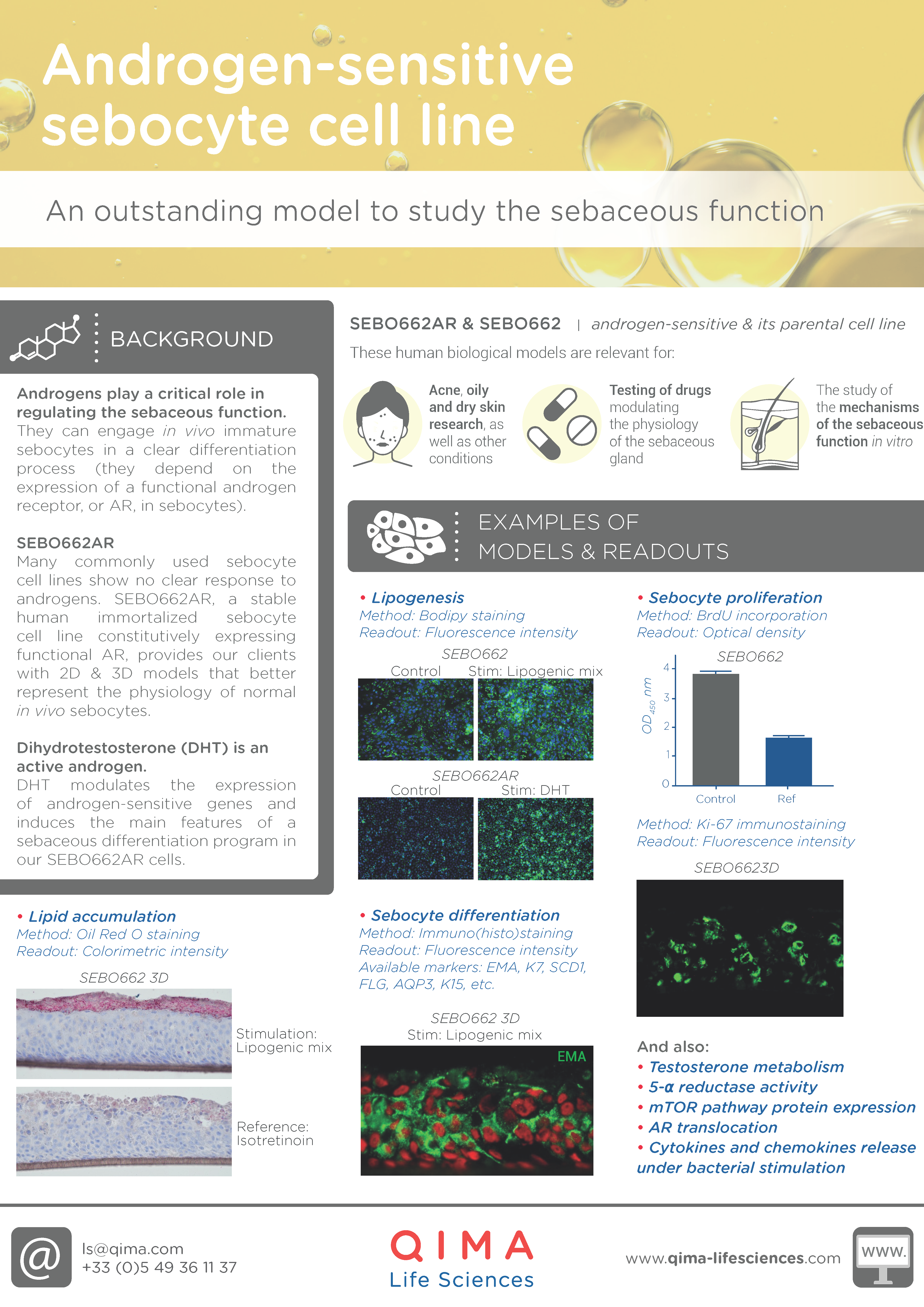
FACE IMAGING SYSTEM: COLORFACE®
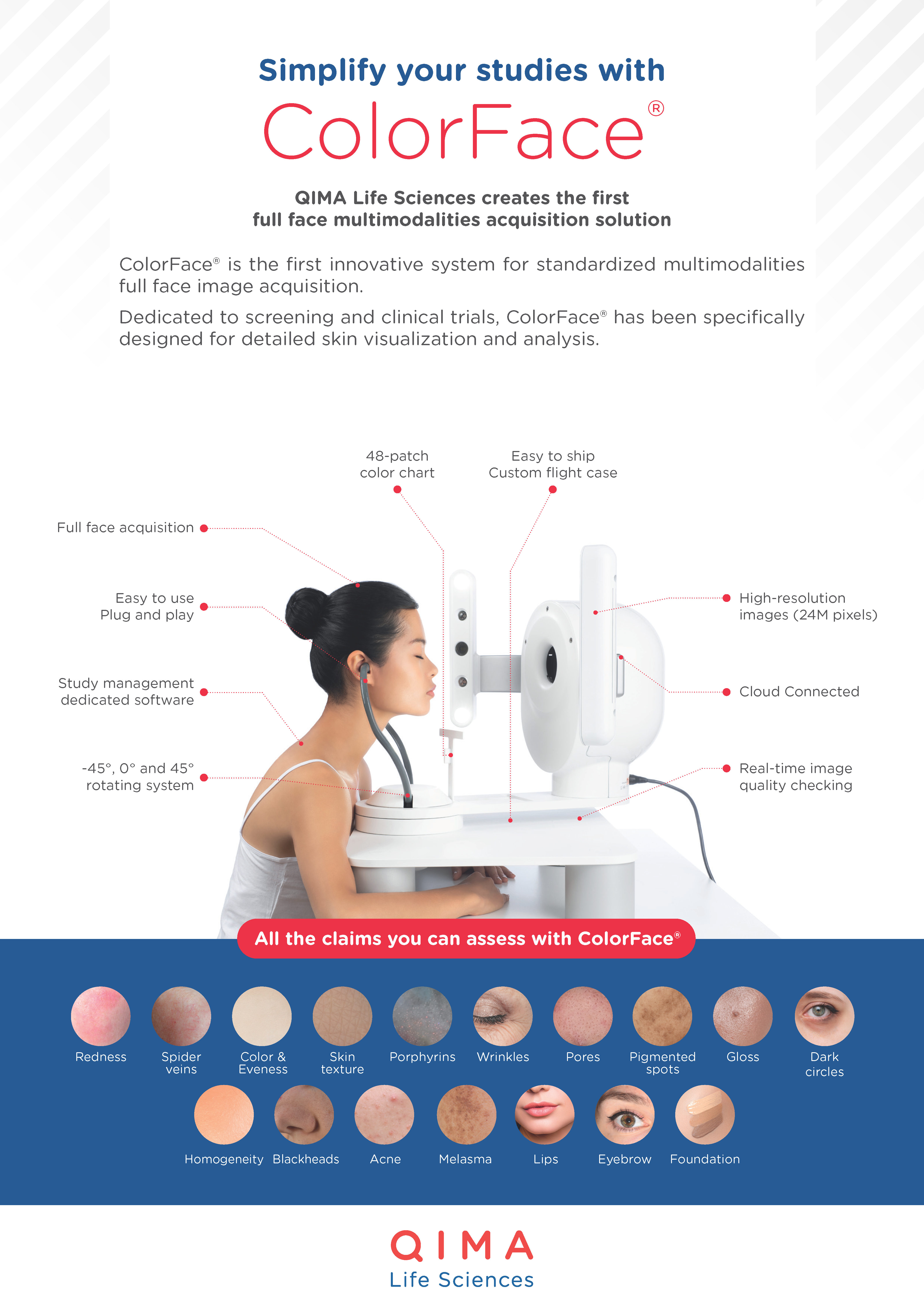
OILY SKIN AND ACNE RESEARCH & TESTING


